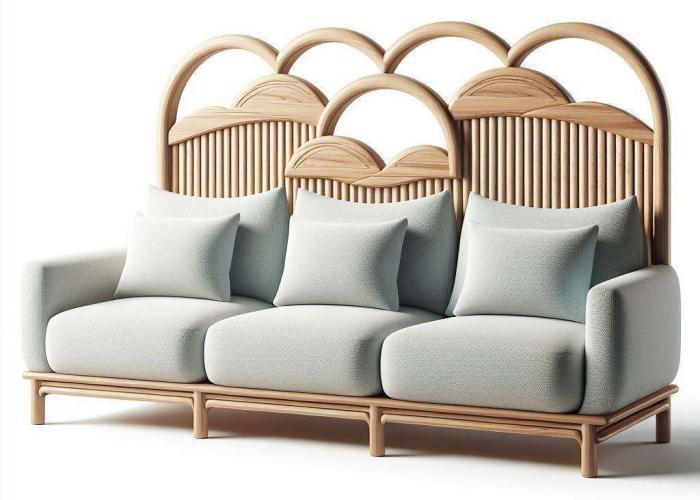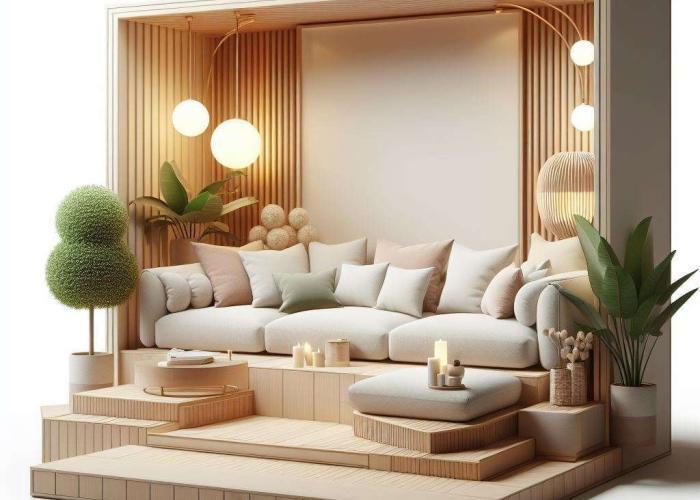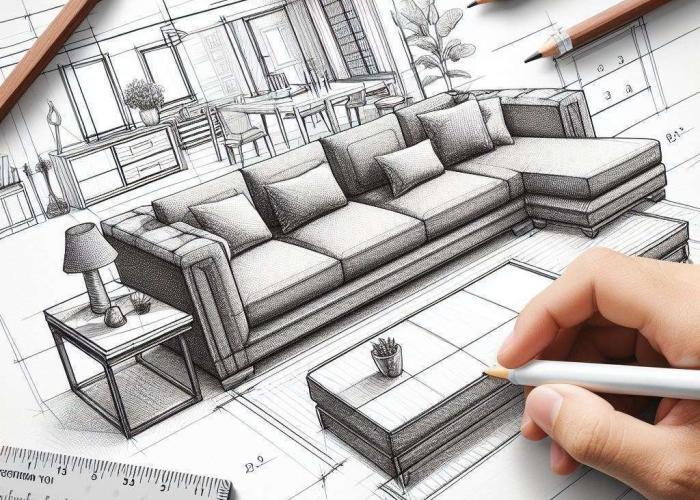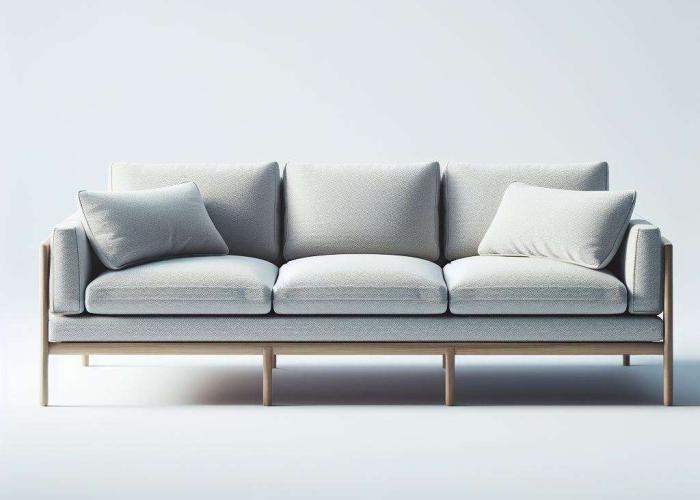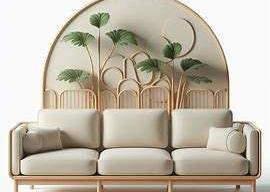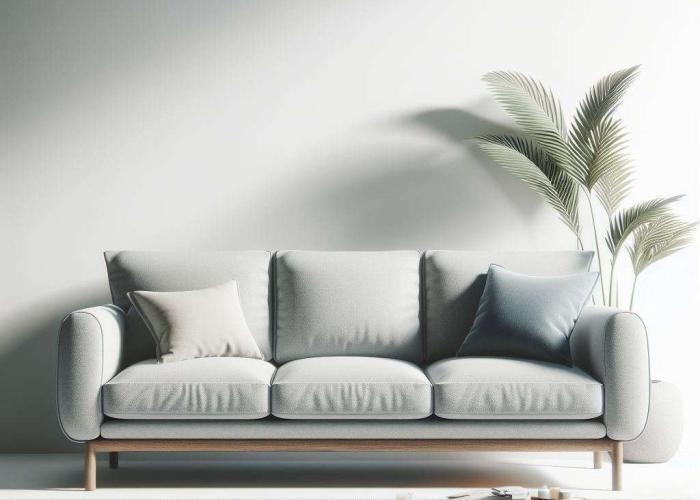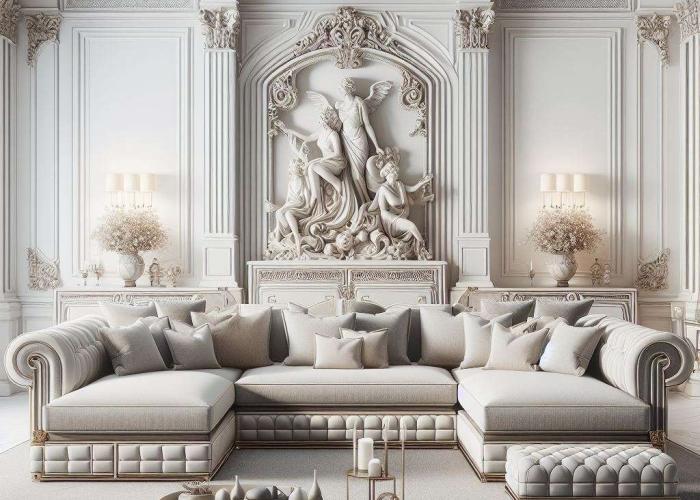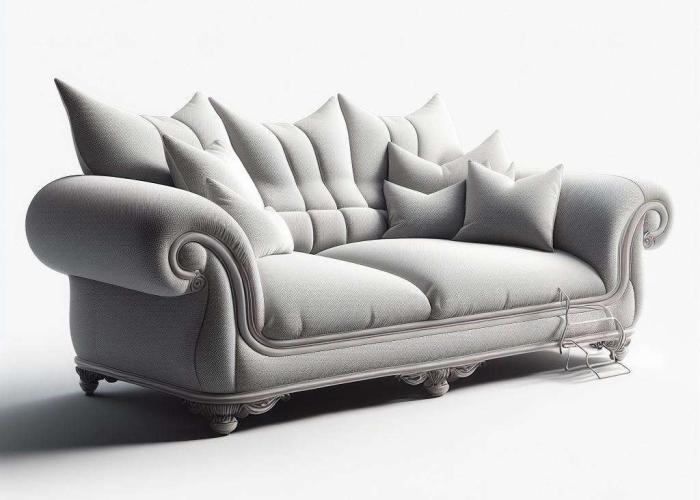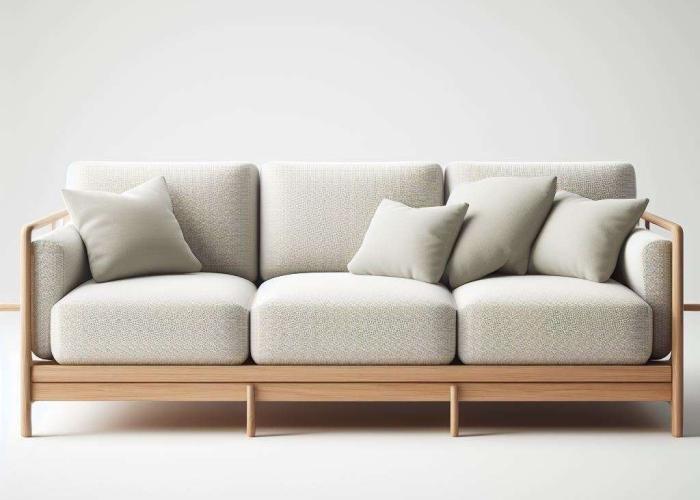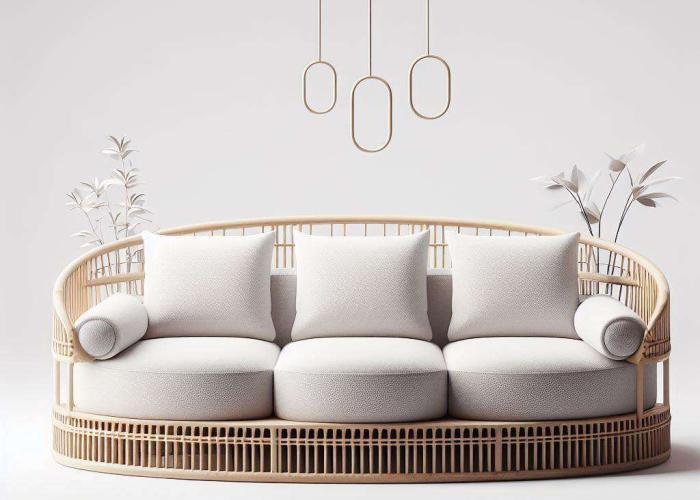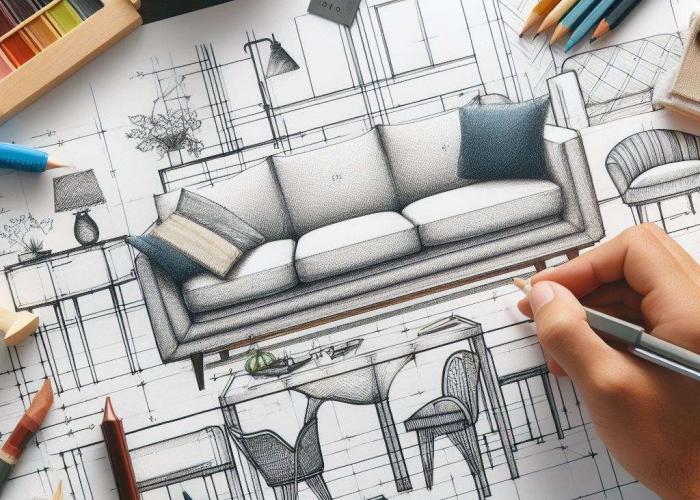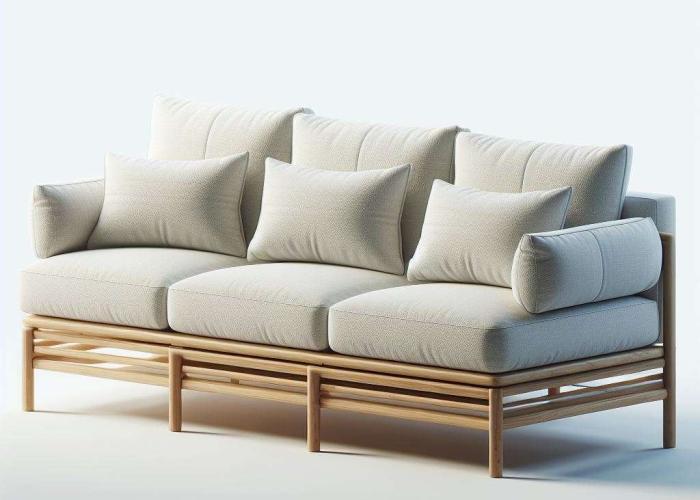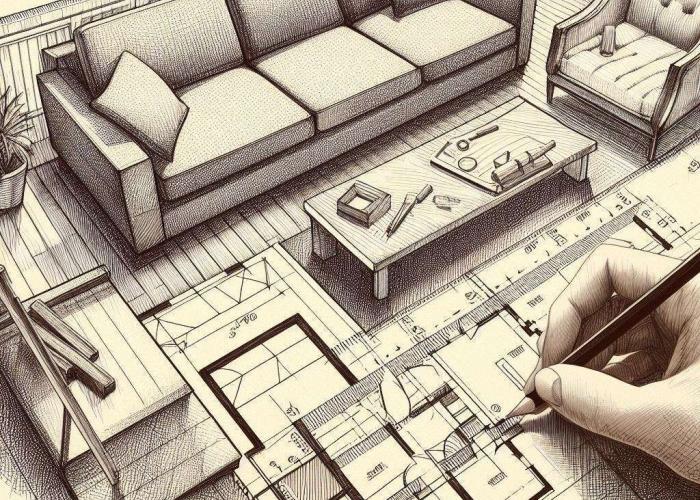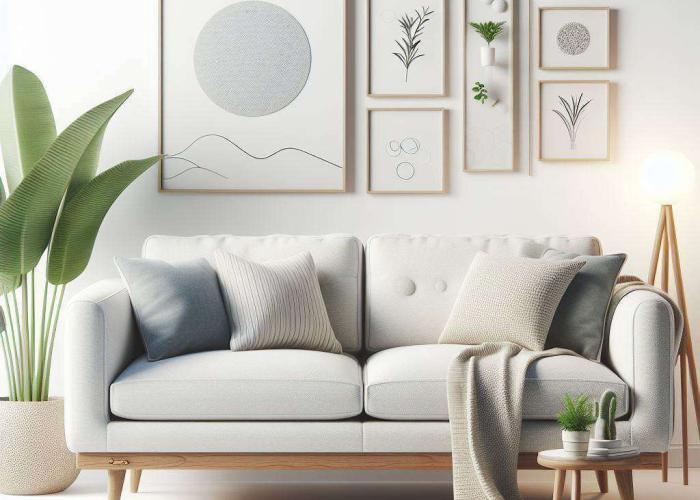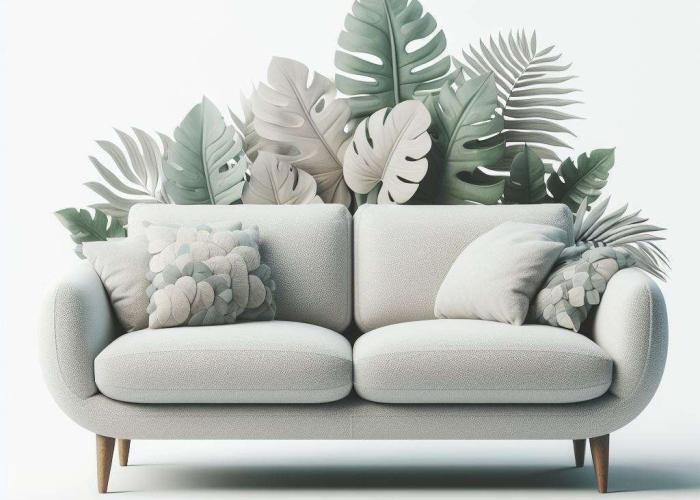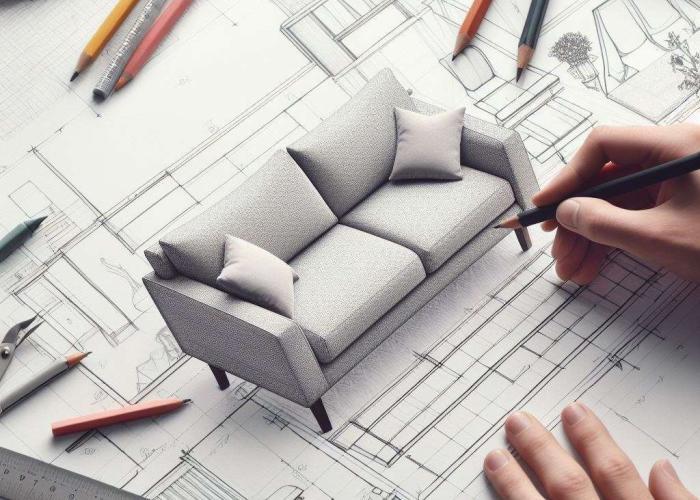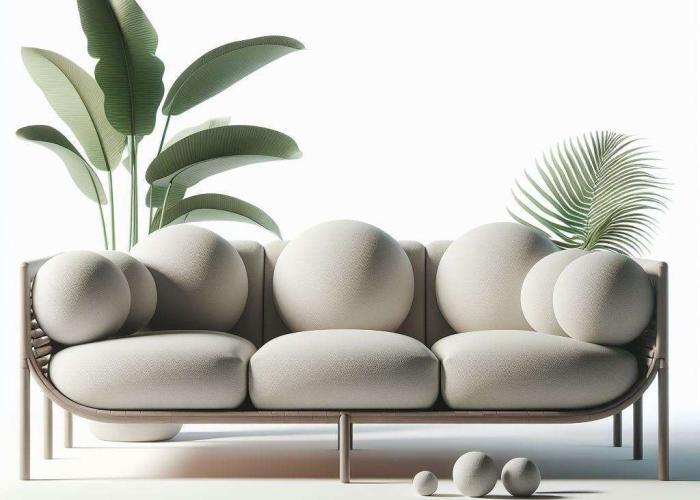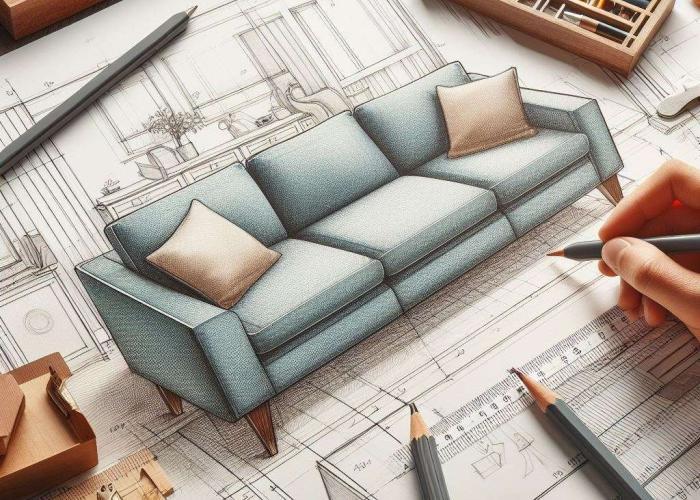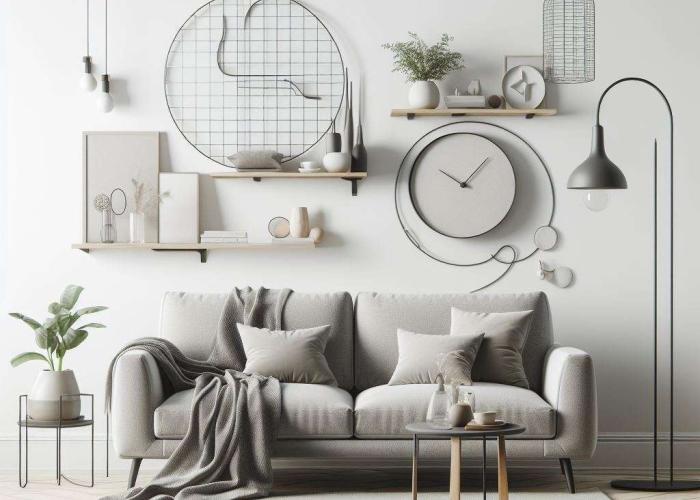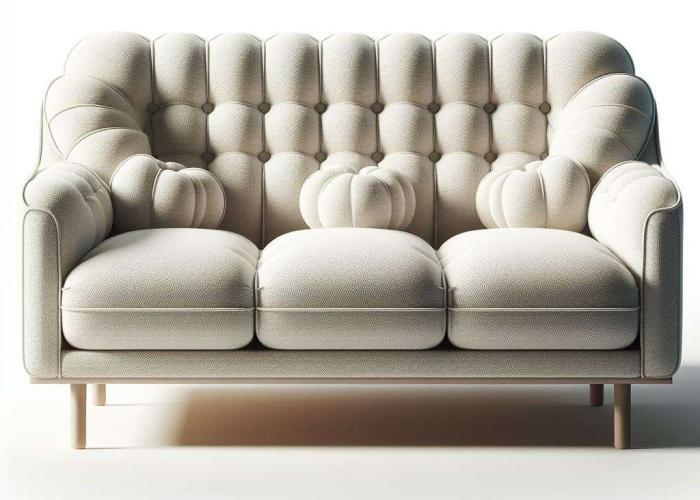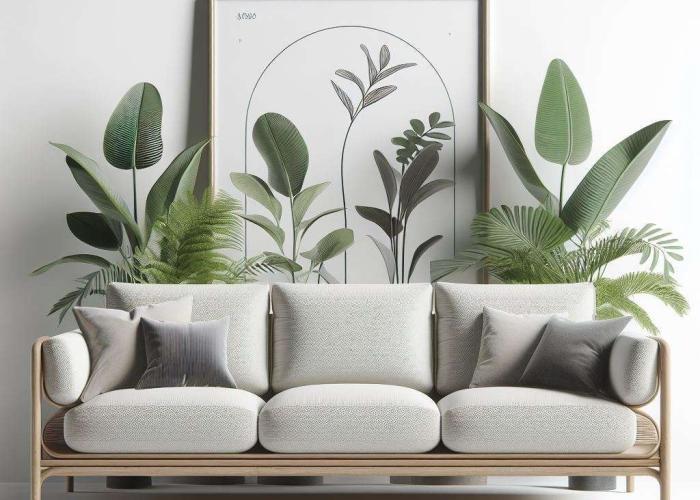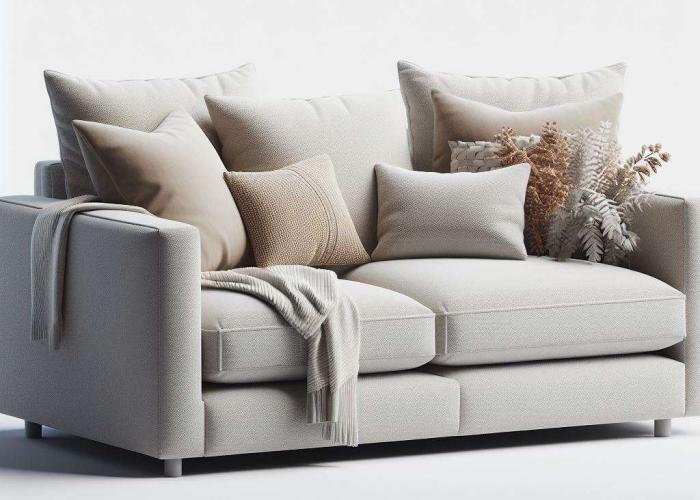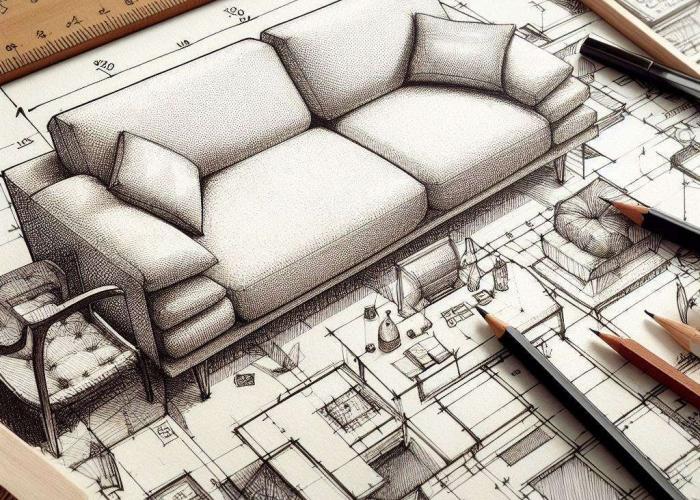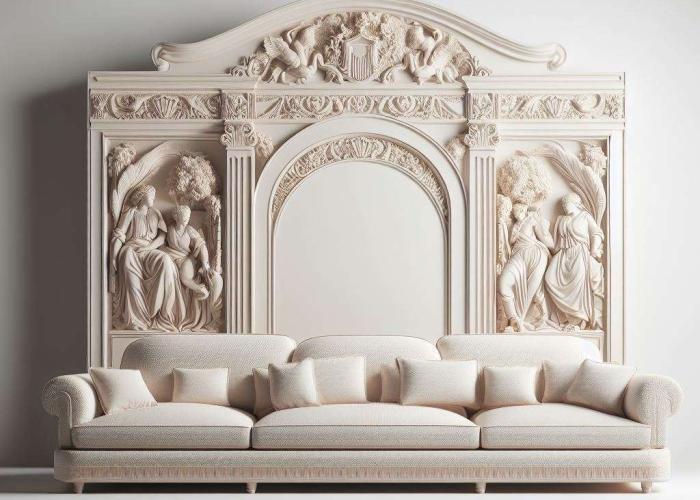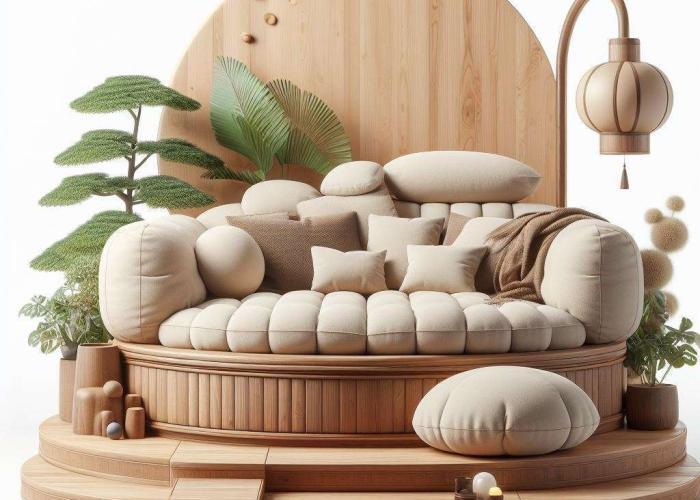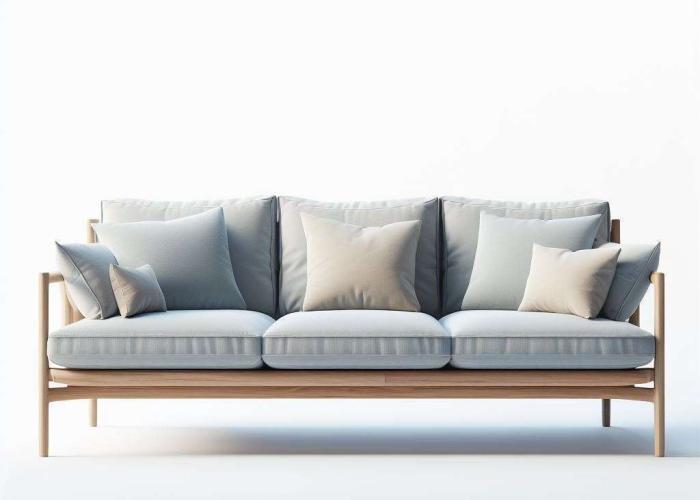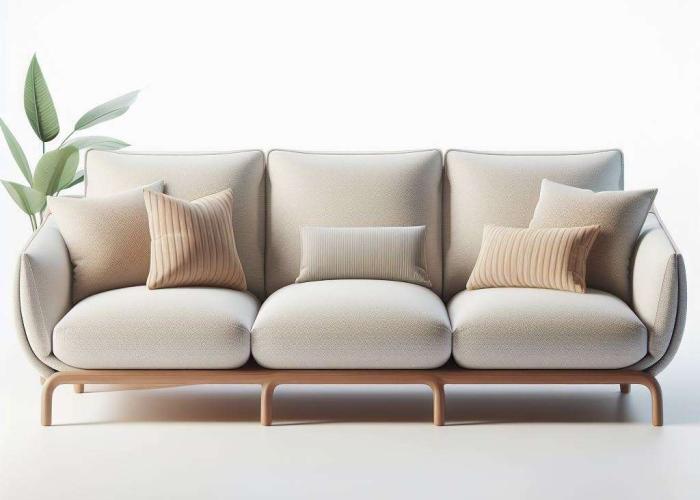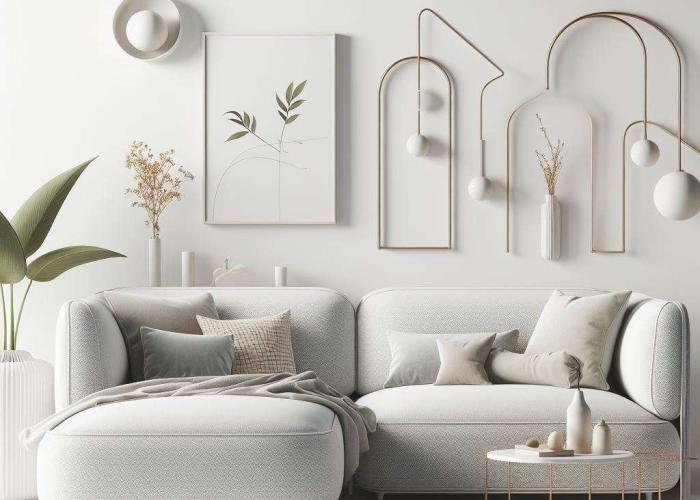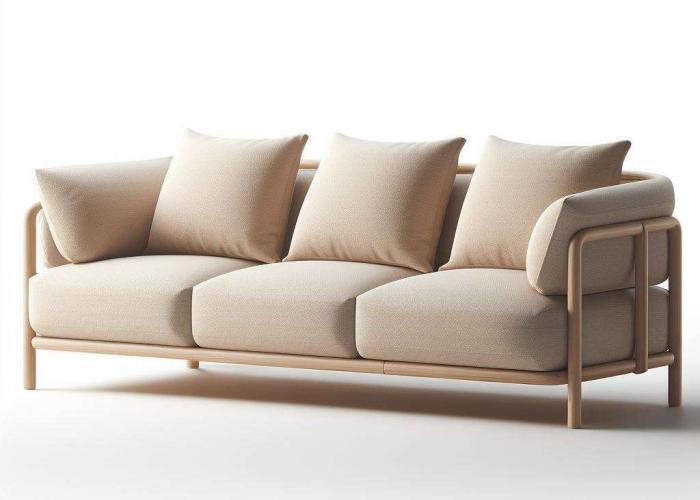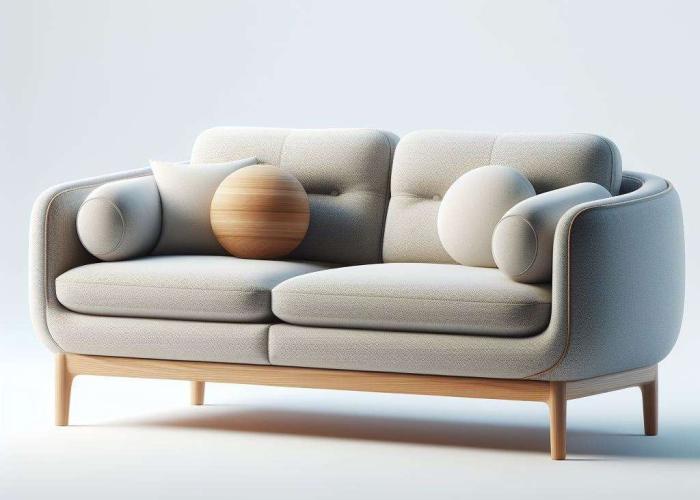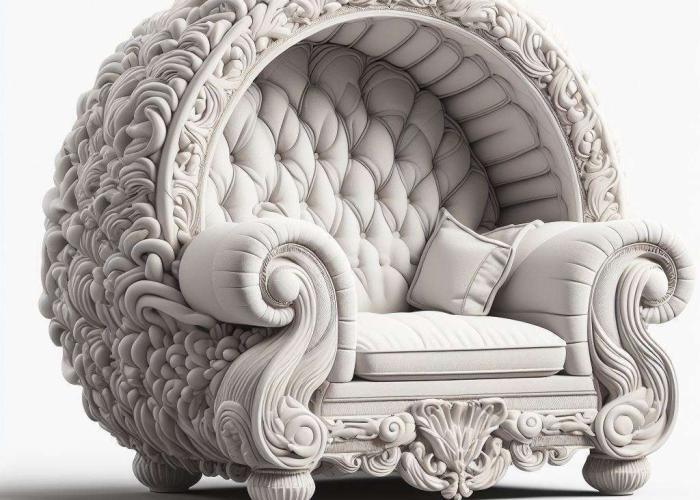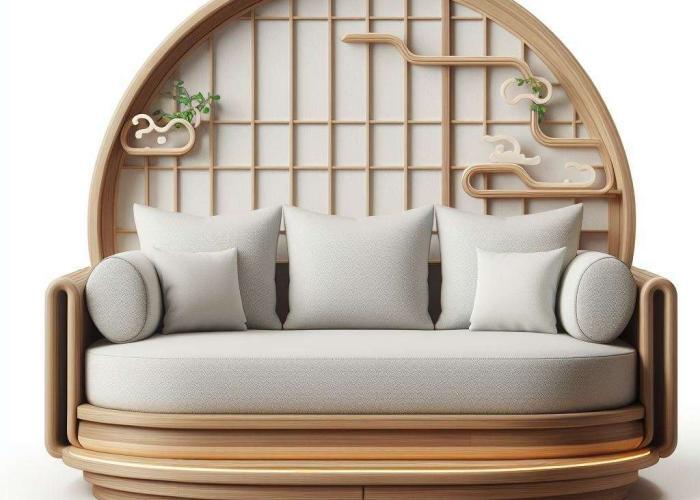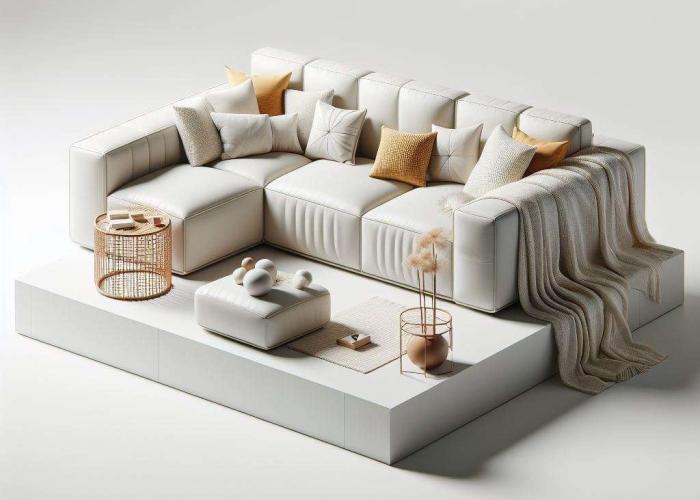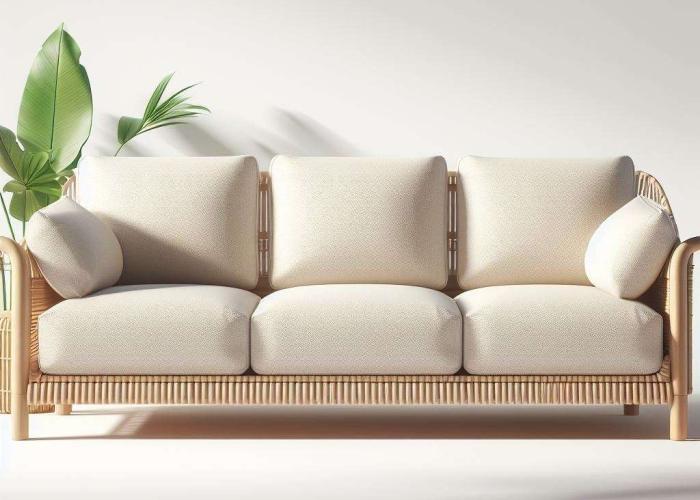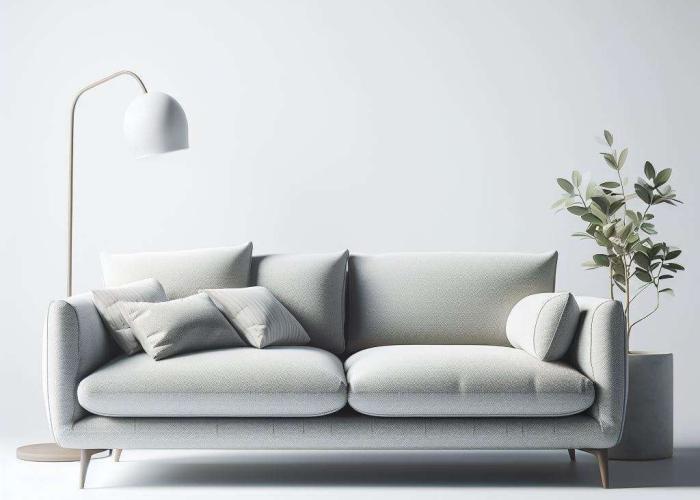AI Based Design
Sofa Designs
Sofa product designs represent a fusion of comfort, functionality, and style, encapsulating the essence of modern living. These creations serve as focal points within our homes, blending seamlessly into various interiors while offering a haven for relaxation and social gatherings.
Contemporary sofa designs prioritize both form and function. Clean lines, versatile shapes, and an array of materials cater to diverse tastes, whether it’s the sleek elegance of minimalist designs or the inviting comfort of plush, overstuffed cushions. From classic silhouettes to modular innovations, sofas come in a myriad of styles to suit different spaces and preferences.
Material choices play a crucial role in sofa design, ranging from sumptuous leather that exudes sophistication to soft fabrics that invite cozy lounging. Texture, color, and durability are carefully considered to ensure both aesthetic appeal and practicality, enhancing the overall visual impact while withstanding everyday use.
Innovative features, such as reclining mechanisms, adjustable headrests, built-in storage, or convertible functionalities, transform sofas into versatile pieces that adapt to various needs and lifestyles. Furthermore, sustainable materials and eco-friendly production methods are increasingly incorporated into sofa designs, reflecting a commitment to environmental responsibility.
The evolution of sofa product designs not only caters to comfort but also embraces creativity and adaptability. These pieces serve as more than mere furniture; they become integral elements that define our living spaces, reflecting our individuality while providing the perfect spot to unwind and connect with others.
When designing a sofa, there are several important aspects to consider to ensure that the end product is both functional and aesthetically appealing. Here are some of them:
Comfort: The most important feature of a sofa is its comfort. It should provide a comfortable seating position, adequate padding, and be ergonomically designed to offer good support for the back and spine.
Size and Proportions: The sofa should be proportional to the space it’s placed in, providing enough room to move freely. The size of the sofa should also match the size of the room to maintain a proper balance in the space.
Style and Aesthetics: The design of the sofa should complement the overall style of the room and serve as an aesthetic addition to other furniture pieces and decorations. It can be modern, classic, contemporary, or rustic, depending on the desired style.
Materials: The choice of materials not only affects the appearance of the sofa but also its durability and ease of maintenance. High-quality fabrics, leather, or faux leather are popular options and should be checked for their durability and colorfastness.
Frame Construction: A sturdy and robust frame is crucial for the longevity and stability of the sofa. Wooden frames are considered durable and stable, while metal frames may be lighter and suitable for modern designs.
Padding: The type of padding affects the comfort and durability of the sofa. High-density foams offer good support and comfort, while down padding may provide a softer and more luxurious seating experience.
Functional Features: Additional features such as adjustable backrests, extendable footrests, sleeper functions, or storage space can add value depending on the users’ needs.
Color and Pattern: The color and pattern of the sofa should complement other furniture and decorations in the room. Neutral colors like gray, beige, or brown are timeless and can blend well with various styles, while patterns can add personality to the space.
Price and Budget: Budget plays a significant role in selecting a sofa. It’s important to strike a balance between quality, functionality, and price to choose a sofa that meets needs while remaining affordable.
By carefully considering these aspects, a sofa can be designed that is both functional and aesthetically appealing, meeting the needs and preferences of users.
